1000X Token Value Calculator
(e.g., $0.00165 on Phemex vs $0.00447 on CoinStats)
When you hear "1000x" in crypto, your brain probably jumps to wild gains - the kind of returns that turn small bets into life-changing sums. But 1000x by Virtuals (1000X) isn’t a success story. It’s a cautionary one. Launched as part of Virtuals Protocol, a project promising a network of AI agents that trade and create value on-chain, 1000X is now trading at a fraction of its peak. If you’re wondering whether this coin is worth your time, the data tells a clearer story than the marketing.
What is 1000x by Virtuals (1000X)?
1000X is a token built on the Ethereum blockchain. Its official contract address is 0x352b...6ce984, and it’s tied to Virtuals Protocol - a project that claims to run a "society of productive AI agents." These agents, according to the project’s website, are supposed to autonomously offer services, generate products, and engage in on-chain commerce. Sounds futuristic. But here’s the problem: there’s no public whitepaper, no detailed technical documentation, and no verifiable team behind it. No GitHub commits. No development updates. Just a website and a token.
Unlike projects like Fetch.ai or SingularityNET, which have open-source code, active developer communities, and real-world use cases, Virtuals Protocol offers nothing tangible. The AI agents? No one has seen them. The on-chain commerce? No public examples. The entire value proposition rests on a vague idea - not a working product.
Token Supply and Market Structure
There are 1 billion 1000X tokens total. As of now, 992 million are already in circulation - meaning almost all tokens were released at launch. That’s unusual. Most projects hold back a portion for team incentives, development, or future sales. Here, there’s almost no room for future inflation. But that doesn’t help if no one wants to buy.
The token’s market cap varies wildly depending on which exchange you check. CoinGecko says it’s around $1.6 million. CoinMarketCap says $2.2 million. CoinStats, however, lists it at $4.4 million. That’s more than a 2.5x difference. Why? Because liquidity is extremely low. On Phemex, the 24-hour trading volume is under $8,100. On CoinGecko, it’s under $23,000. For comparison, even small-cap tokens with real traction trade millions daily.
This kind of inconsistency isn’t normal. It’s a red flag. Low volume + high price variance = easy manipulation. A few large wallets can move the price by 20% in minutes. That’s not investing. That’s gambling.
Price Performance: A Steep Decline
1000X reached its all-time high of $0.01389 on January 15, 2025. That’s just ten months ago. Today, it’s trading between $0.0016 and $0.0045 - an 84% drop from peak. If you bought at the top, you’ve lost most of your money.
The downward trend isn’t slowing. Over the last 24 hours, most trackers report losses between 2% and 13%. The 7-day decline is even worse: Symlix shows a 26.5% drop. That’s not a dip. That’s a collapse.
Technical indicators aren’t helping either. BeInCrypto notes the 50-day moving average has crossed below the 200-day average - a classic bearish signal. Even worse, the price is trading below both averages. That means momentum is firmly negative.
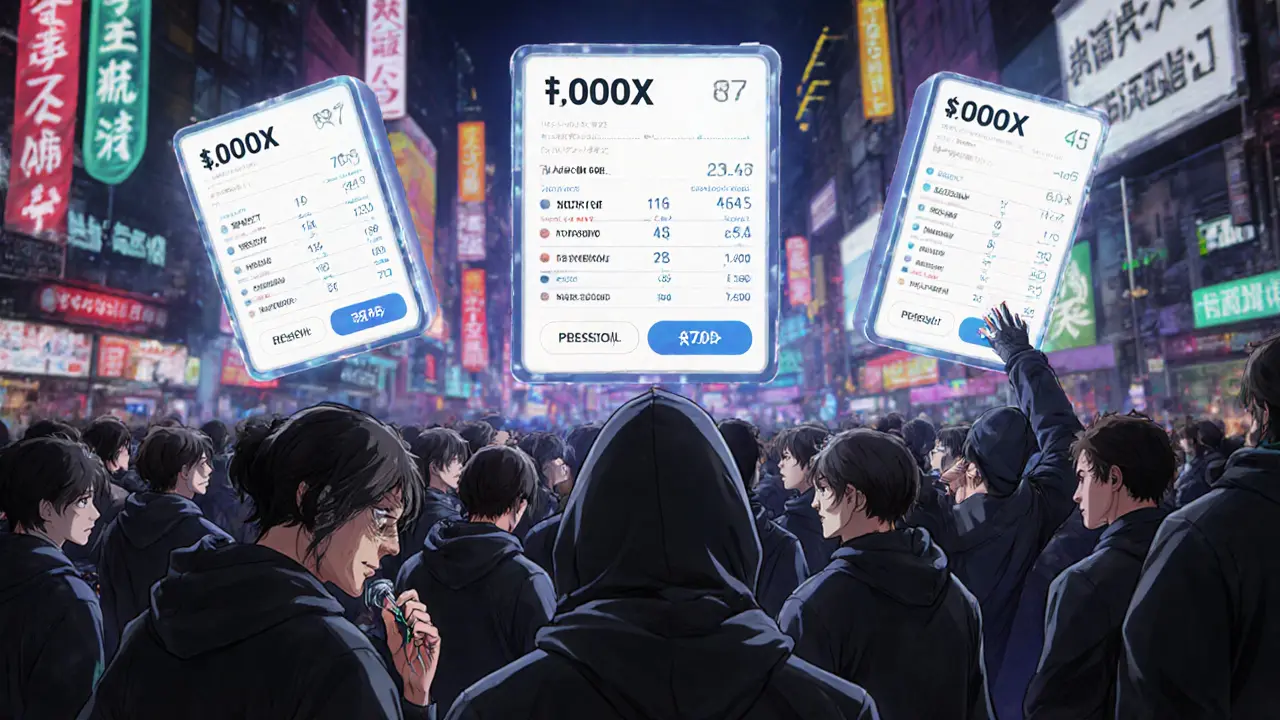
Why the Price Discrepancies Matter
Here’s something you won’t find in most crypto articles: the price of 1000X on Phemex is $0.00165, while on CoinStats it’s $0.00447. That’s a 170% difference. Why does this happen?
Because there’s no real market. There are no deep buyers. No institutional interest. Just a handful of retail traders flipping the token on different exchanges. Some exchanges list it at inflated prices because they’re the only ones trading it. Others show the true, lower value because more people are selling there.
This isn’t a flaw - it’s a feature of low-liquidity tokens. It lets promoters cherry-pick the highest price to make the coin look "hot." But if you try to sell at that price, you’ll find no buyers. You’ll end up selling at the lowest market rate - and taking a huge loss.
Who Holds 1000X? And Why?
CoinMarketCap says there are about 82,500 holders. That sounds like a lot - until you realize that’s still less than 0.1% of the total crypto user base. Compare that to Bitcoin, which has millions of holders. Or even Solana, which has over 10 million. 1000X has barely 1% of the holder count of many meme coins that barely exist.
Most of these holders are likely speculators who bought during the hype cycle in late 2024 or early 2025. Many are probably stuck - unable to sell without crashing the price further. There’s no community driving demand. No Discord with thousands of active users. No Twitter buzz. Just empty charts and stale data.
Is This an AI Crypto Project?
Virtuals Protocol claims to be an AI-driven blockchain project. But "AI" here is just a buzzword. There’s no evidence of machine learning models. No API endpoints. No public demos. No data trails showing AI agents completing transactions. In contrast, real AI crypto projects like Fetch.ai have open-source code showing autonomous agents negotiating prices, booking services, and managing supply chains.
Virtuals Protocol doesn’t even have a roadmap. No milestones. No updates. No developer announcements. It’s a token with a fancy name and zero substance.
It’s easy to get fooled by the jargon. "AI agents" sounds smart. "On-chain commerce" sounds advanced. But if you can’t see the agents, track the commerce, or verify the code - it’s just marketing.
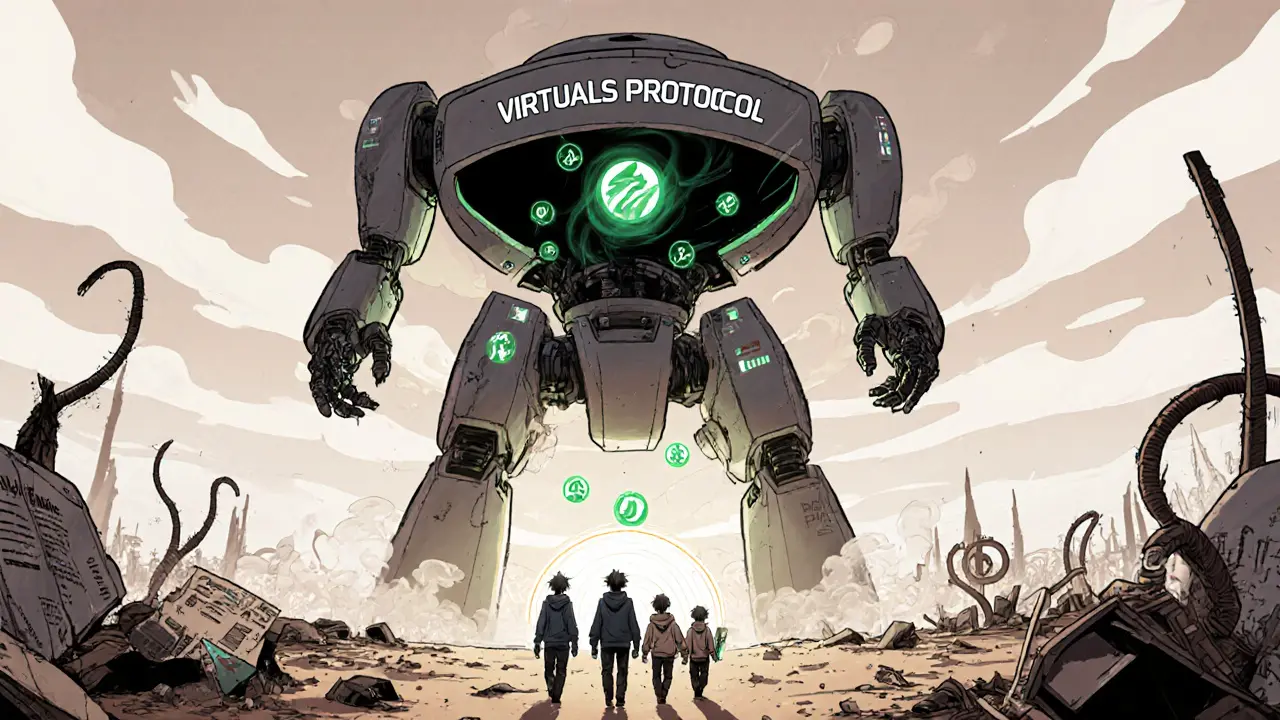
Where Can You Trade 1000X?
1000X is listed on a few smaller exchanges: CoinGecko, CoinMarketCap, Phemex, and CoinStats. It’s not on Binance, Coinbase, or Kraken. That’s not an accident. Major exchanges have strict listing standards. They require audits, transparency, and liquidity. Virtuals Protocol meets none of those.
If you want to buy 1000X, you’ll need to use a decentralized exchange like Uniswap, connecting your wallet to the Ethereum network. But even there, the slippage will be high. You might pay 5-10% more than the listed price just to get filled. And when you try to sell? You might get 15-20% less.
Should You Buy 1000X?
Short answer: No.
There’s no fundamental reason to own this token. No product. No team. No adoption. Just a price chart that’s been falling for months. The only people who profit from 1000X are those who sold early - and they’re long gone.
If you’re looking for AI crypto exposure, look at projects with real code, real teams, and real users: Fetch.ai (FET), SingularityNET (AGIX), or Ocean Protocol (OCEAN). They’re still risky, but at least they’re building something.
1000X is a ghost. It has a ticker. It has a price. But it doesn’t have a future.
Is 1000x by Virtuals (1000X) a scam?
It’s not officially labeled a scam, but it shares all the warning signs: no team, no documentation, no code, and a collapsing price. The project relies on hype, not substance. Many investors have lost money after buying at the peak. If you’re looking for transparency or long-term value, this isn’t it.
Can 1000X recover to its all-time high?
It’s extremely unlikely. The token has lost 84% of its value since January 2025. Recovery would require massive new demand, a working product, and a credible team - none of which exist. Even if the market turns bullish, 1000X lacks the fundamentals to attract real investors.
Why is the price different on different exchanges?
Because trading volume is extremely low. On some exchanges, only a few people are buying or selling. That means one large trade can swing the price dramatically. The price you see on one exchange may not reflect the real market value - especially if others are trading it much lower.
How many people hold 1000X?
Around 82,500 wallets hold 1000X, according to CoinMarketCap. That’s a small number compared to even minor crypto projects. Most holders are likely retail traders who bought during the hype, and many are now holding at a loss.
Is 1000X built on Ethereum?
Yes. 1000X is an ERC-20 token on the Ethereum blockchain. Its contract address is 0x352b...6ce984. That means you can store it in any Ethereum-compatible wallet like MetaMask. But being on Ethereum doesn’t make it safe or valuable - it just means it’s technically functional.
What’s the fully diluted valuation of 1000X?
The fully diluted valuation (FDV) is approximately $2.2 million, based on the full 1 billion token supply and the current price around $0.0022. But since nearly all tokens are already in circulation, FDV doesn’t add new risk - the real issue is lack of demand, not future supply.
Final Thoughts
1000x by Virtuals isn’t a cryptocurrency you invest in. It’s a lesson in how hype can blind people to reality. The name sounds promising. The AI angle feels cutting-edge. But behind the buzzwords? Nothing. No product. No progress. No future.
If you’re new to crypto, stay away from tokens like this. They’re not hidden gems - they’re landmines disguised as opportunities. Stick to projects you can understand, verify, and trust. The market rewards patience, not speculation.

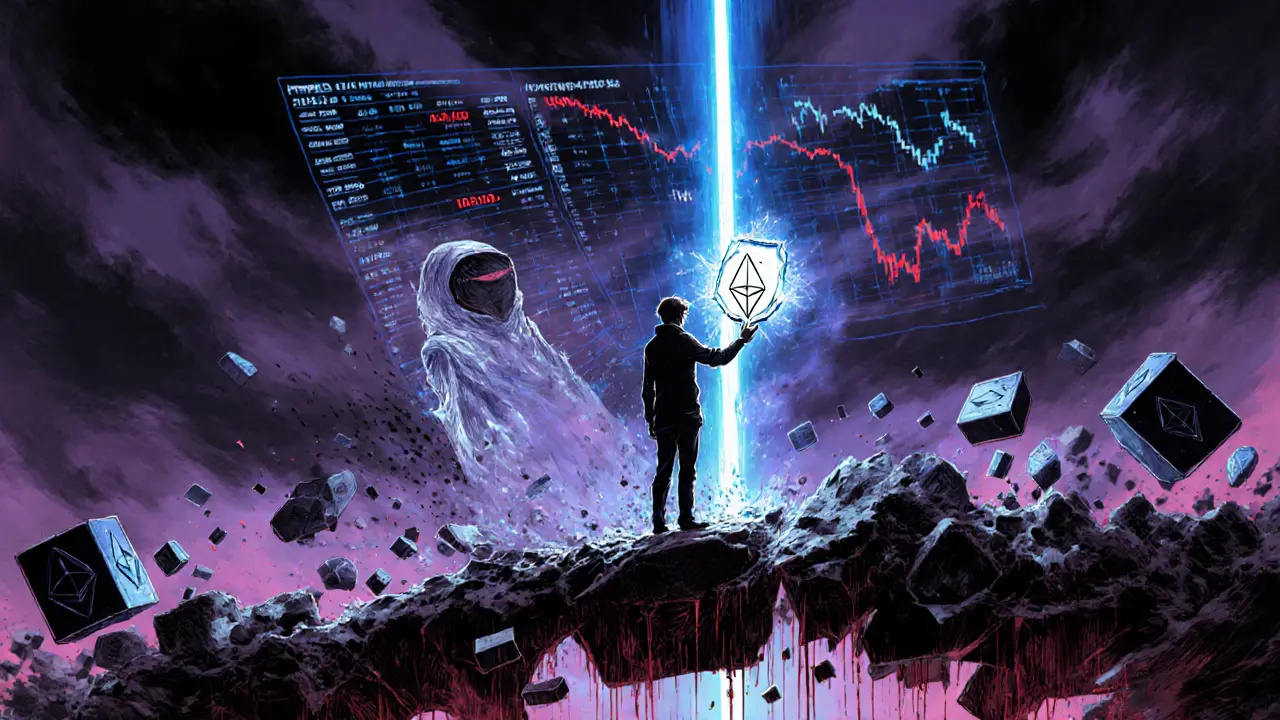
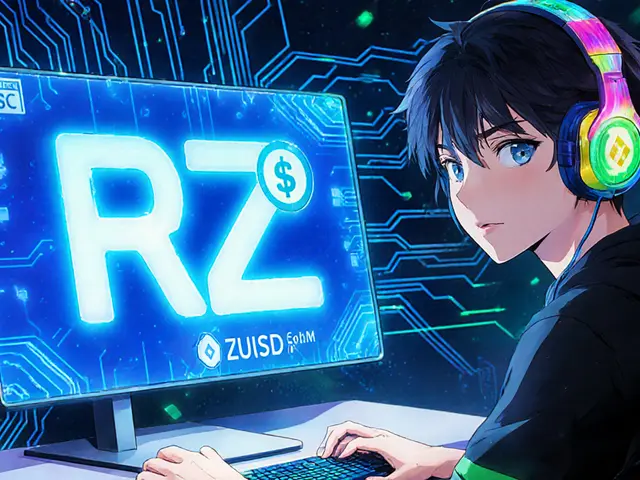
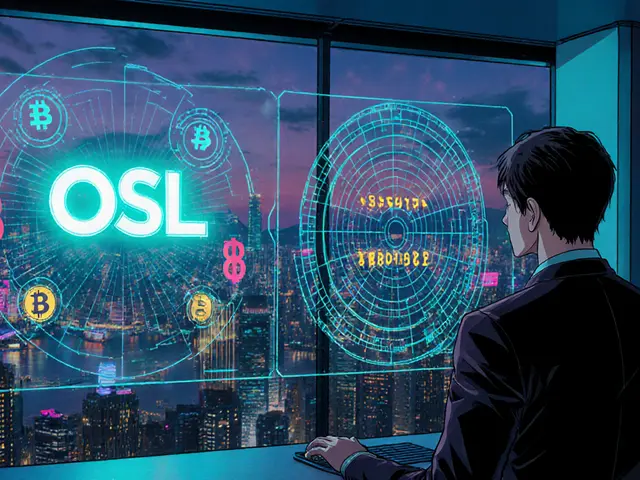

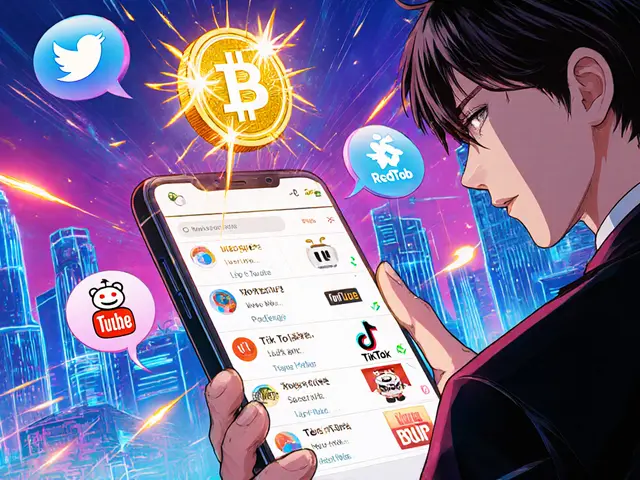

Liz Watson
November 15, 2025 AT 13:16Oh wow another AI crypto fairy tale. Did they also promise flying unicorns that mine ETH with quantum dreams? This is what happens when marketing hires a poet and the dev team quit after the first coffee break.
Rachel Anderson
November 16, 2025 AT 08:08I mean... I bought 1000X at $0.008 just because the logo looked like a cyberpunk cat. Now I'm crying into my oat milk latte. The AI agents probably ghosted the project and started a podcast about how dumb we all were.
Robert Astel
November 16, 2025 AT 08:33you know what this reminds me of? the whole internet in 2017 when everyone thought blockchain would fix democracy and make pizza taste better. this isnt even a scam its just... a ghost town with a ticker symbol. people keep buying because they want to believe in magic. but magic dont pay rent. and neither does 1000x. the real ai is the one that figured out this was a dead end and left before the rug pull. the rest of us? we just keep refreshing coinmarketcap like its a slot machine.
Hamish Britton
November 16, 2025 AT 12:35Thanks for laying this out so clearly. I’ve seen a lot of these ‘AI crypto’ projects and this one really ticks all the red flags: no code, no team, no updates. I’d rather hold stablecoins than gamble on vaporware. Maybe we need a subreddit for ‘crypto projects that are just websites with a token’.
Gavin Jones
November 17, 2025 AT 09:20Its kinda sad really. People put so much hope into these things. I remember buying my first crypto back in 2017 and thinking it was the future. Now I just want to see real innovation, not buzzwords wrapped in a pretty website. Maybe 1000x will rise again? I doubt it. But hey, hope is free.
Katherine Wagner
November 18, 2025 AT 15:17anthony silva
November 18, 2025 AT 15:42lol imagine thinking this has a future. the devs probably live in their moms basement and coded this in notepad while watching anime. 1000x? more like 0.001x
Hannah Kleyn
November 19, 2025 AT 02:50I dont know why people are surprised. The whole AI crypto space is just a giant mood board with a token attached. You see a name like Virtuals Protocol and you think oh cool AI agents trading on chain. But then you click around and its just a landing page with a countdown timer to a launch that never happened. Its like buying a spaceship ticket to Mars from a guy who just painted a rocket on his garage wall. The contract address is real. The product? Not even close.
Cherbey Gift
November 19, 2025 AT 06:18My people back in Lagos call this type of thing ‘Oga’s Dream’ - a dream sold by a man who never woke up. 1000X is not a coin, it’s a Nigerian prince email with a blockchain logo. The only agent here is the one that ghosted the team after the presale. I laughed so hard when I saw the price on Phemex - it’s like watching a balloon deflate in slow motion while someone screams ‘IT’S STILL VALUABLE!’
Sara Lindsey
November 20, 2025 AT 06:54Just sold my last 1000X for 0.0012. Felt like throwing money into a black hole but honestly? Relief. I spent more time checking the price than I did sleeping. No more crypto gambling for me. I’m going back to buying coffee with cash. It’s less stressful and tastes better.
David Cameron
November 21, 2025 AT 05:52What is value anyway? If no one believes in it, does a token exist? 1000X is a mirror. It shows us how much we want to believe in something that isn’t there. The real AI isn’t on-chain - it’s the collective delusion we all participated in. We didn’t lose money. We just paid for a lesson in humility.
Andrew Parker
November 21, 2025 AT 07:46I’m not mad... I’m just heartbroken. 😔 I believed in the vision. I saw the whitepaper (well, the one-pager) and thought ‘this is it’. The AI agents were going to change everything. Now I’m just another soul staring at a chart that won’t bounce back. My wallet is empty but my soul? Even emptier. 🕊️💔
Mauricio Picirillo
November 22, 2025 AT 03:25Hey everyone - if you’re holding this, don’t panic. The market cycles. But please, take this as a learning moment. Look at the team. Look at the code. Look at the traction. If it’s not there, walk away. You’re not missing out - you’re avoiding a trap. And if you’re new? Start with BTC or ETH. Seriously. This isn’t the time to chase moonshots.
alex piner
November 22, 2025 AT 08:55lol i just checked my wallet and i still have like 200k 1000x. i thought i was smart buying low at 0.005. turns out low was just the start of the fall. but hey at least i got a good story for my next family dinner. ‘so what did you do this weekend?’ ‘oh you know, lost my rent money on an AI that doesnt exist.’
Byron Kelleher
November 22, 2025 AT 20:43Just wanted to say thanks to whoever wrote this post. It’s rare to see someone break it down so honestly without being harsh. I’m new to crypto and this saved me from making a dumb move. I’m going to focus on learning first - not chasing 1000x dreams. The real win is not losing money.